The concept of the pancake lens has interested me for a while now, so when Canon announced its 40mm pancake lens I bought one. So far it has proved a useful addition to my lens collection. But what exactly is a pancake lens? Is the lens as good in practice as I hoped? Here are my thoughts.
What is a pancake lens?
A pancake lens is simply a lens that is shorter than it is wide. This is unusual in lens design and as a result a pancake lens is smaller and lighter than a regular lens.
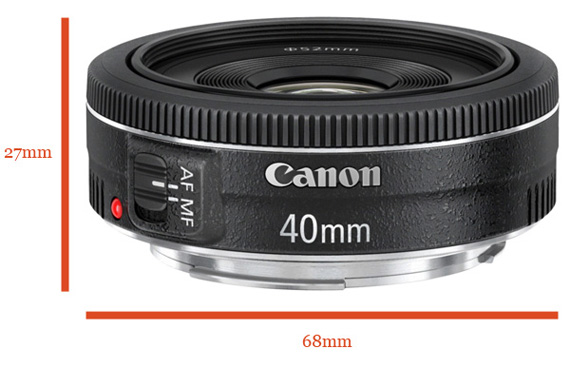
The above photo shows the dimensions of the Canon 40mm pancake lens. As SLR lenses go it is tiny.
Pancake lenses have several other advantages:
They are prime lenses. From an optical design point of view they are pretty simple, much like a 50mm prime lens. The Canon 40mm pancake lens has six elements, whereas zooms usually have ten to twenty elements. This translates to high image quality and lower manufacturing costs.
Price. Pancake lenses tend to be inexpensive. You get a lot of bang for your buck in terms of image quality.
Aperture. The maximum aperture of my 40mm pancake lens is f/2.8. This is not especially impressive for a prime lens, but better than most zooms. If your main lens is a kit lens you will certainly appreciate the improvement.
Short minimum focusing distance. The 40mm pancake lens can focus on a subject within 28 centimetres of the camera. This is quite close, and you can get even closer by using extension tubes.
Other Manufacturers
Pentax makes several pancake lenses for its digital SLRs and mirrorless cameras. Samsung also make several models (for the NX-series cameras) and Sony makes a 16mm pancake lens for its NEX mirrorless cameras.
Panasonic also offers pancake lenses for its Lumix cameras and Olympus makes a couple for its Four Thirds and Micro Four Thirds cameras. Leica owners aren’t left out – Voigtlander make two pancake lenses for Leica M cameras.
Handling and Performance
Whenever I pick a new lens I spend time taking photos with it. This helps me get a feel for the perspective and bokeh in various situations.
I’ve been using my pancake lens for close-up, landscape and portraiture.
Handling is an important aspect of any camera/lens combination. The 40mm pancake lens is light, and my camera is relatively heavy. I don’t even notice the addition of the lens. The picture above shows my setup.
This is great for balance. It’s the opposite to using a heavy telephoto lens, which I always find hard to steady. With the pancake lens the centre of gravity of the setup is closer to my body. This makes it easy to hold the camera still.
The advantages of size and balance extend to all pancake lenses. If you want to maximize image quality from a portable set-up, then a pancake lens on a mirrorless camera is hard to beat.
40mm is an interesting focal length. On a full-frame camera it’s a moderate wide-angle. On an APS-C camera, thanks to the crop factor, it effectively becomes a short telephoto lens.
I use the pancake lens on a full-frame camera as I like the perspective of the moderate wide-angle.
Landscape
One disadvantage of pancake lenses is that they don’t have a distance scale. Therefore it’s hard to tell exactly where it’s focused. I find this a little disconcerting as I like to use the hyperfocal distance focusing technique to maximize depth-of-field.
Another disadvantage is that I prefer to use a wide-angle zoom rather than a prime lens for landscape photos. I often find myself in locations where it is impossible to get physically closer to the subject therefore a zoom helps obtain precise framing.
For me, a pancake lens is not a great landscape lens. Except for one thing – it is tremendously sharp.
Portraits
Here is a series of portraits taken with my pancake lens. I love this lens for portraits. The 40mm focal length lets me get close to the subject for an intimate feel, without the distortion created by shorter focal lengths.
The maximum aperture of f/2.8 lets me take photos with blurred backgrounds. I don’t miss wider apertures as much as I thought I would.
It is difficult to focus accurately on the sitter’s eyes at f/1.4 or f/1.8, and using f/2.8 gives me a little more margin for error.
Close-up Photography
Finally, here are some photos taken with the 40mm pancake lens fitted with an EF12 extension tube.
There is an impressive degree of magnification, perfect for taking photos of flowers and plants.
Conclusion
Landscape photography aside, the Canon 40mm pancake lens hasn’t disappointed. It’s light, well-built, the autofocus works well and it has excellent image quality. Furthermore it’s one of Canon’s cheapest lenses and probably the best value for money out of the entire Canon range.
I’m very happy with my purchase. If you’re looking for a portable, inexpensive, high quality lens, then I recommend you consider a pancake lens.
About the Author:
Andrew S Gibson is a professional photographer based in New Zealand. He has taken photographs in 60 countries now as a Technical Editor for EOS magazine. He produced a Mastering Lenses guide for photographers.
Like This Article?
Don't Miss The Next One!
Join over 100,000 photographers of all experience levels who receive our free photography tips and articles to stay current:
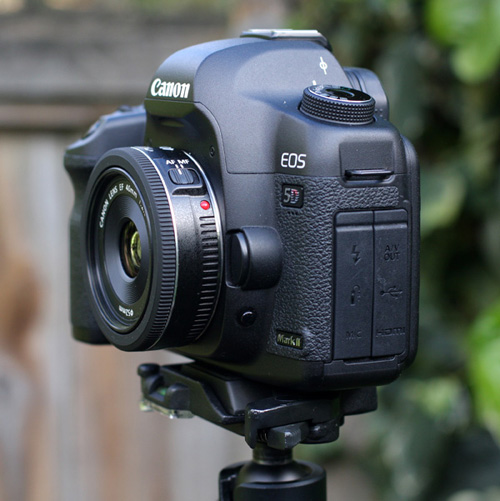
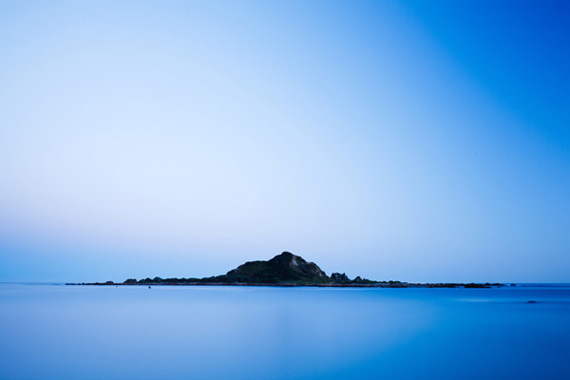
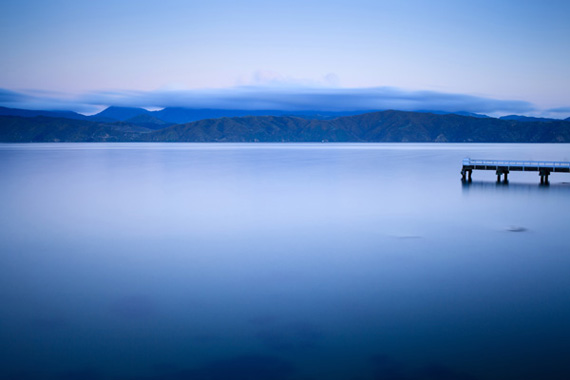
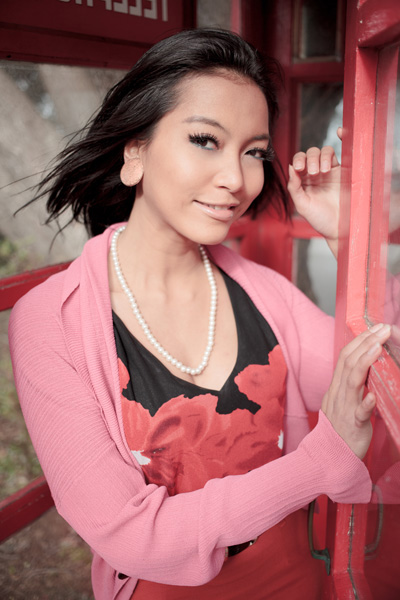
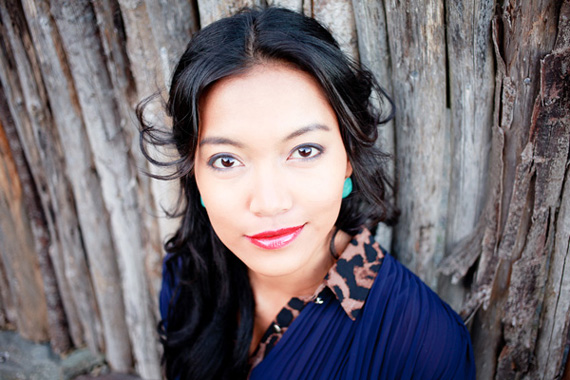
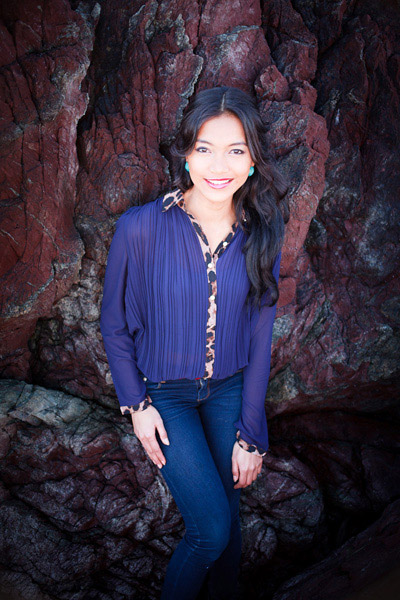
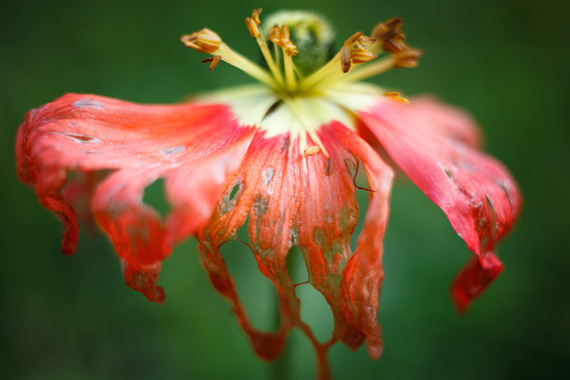
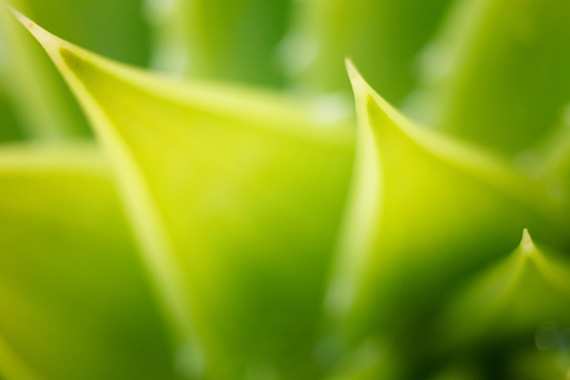






It is great to know about such a lens as an addition to the current photography techniques. The quality and the capacity of the lens brings a better result in photos. Also as mentioned in the post, experimenting with the new lens and finding the best modes of photos can be exciting.
A suggestion regarding Andrew’s comment about distance markings and problems setting hyperfocus. Using live view and manual focus, zoom in on an object at the hypefocal distance, focus on the object, and take the photo. Then display the image and zoom in to check overall focus.
I too agree with everything that Andrew says about pancake lenses. I don’t know anything about the Canon lens because I am a Nikon user. I have a Voigtlander Ultron 40mm f2 pancake lens in Nikon mount which I love to use both in APS-C for digital and full frame with film. Nikon used to make their own 45/2.8 pancake lens but sadly they discontinued it some years ago – it was probably before its time. They are available on the second-hand market but, because of their relative rarity and a certain amount of demand, often command a price higher than a new Voigtlander lens, which just doesn’t make sense to me.
It’s quite amazing to see the ‘PR makeover’ that pancake lenses have had. I remember when the first of them hit the market many years ago (in the Nikon ‘E’ series. from memory). At that time they were very much as they are now – thin, slow and cheaply made (used a lot of plastic elements then, hence the slow aperture, & cost, I assume the same is true now).
They are decently sharp certainly, most primes are after all. and they are certainly cheap and the cheap build feel probably isn’t so noticeable nowadays as more lenses have plastic barrels (very rare to non-existant 25 years ago).
Saying ‘you wouldn’t miss wider apertures as much as you thought’ is a bit disingenous perhaps, since it was always held to be the major failing of the pancake design (and the main reason people didn’t buy them). Though you seem to have found ways to turn most of the traditional limitations of pancakes lenses into a more positive spin.
All in all, they aren’t bad lenses. They don’t pretend to be high quality and that’s reflected in the price and the performance.
I agree with everything Andrew says about this lens in the article from the great sharp portraits to the difficulty with taking landscape photos. But most importantly, he is right when he says it is definitely worth the price. I paid $179.99 in Canada for mine. Here is the link to my test photos that I took last Saturday http://www.flickr.com/photos/derbophoto/sets/72157631922007397/